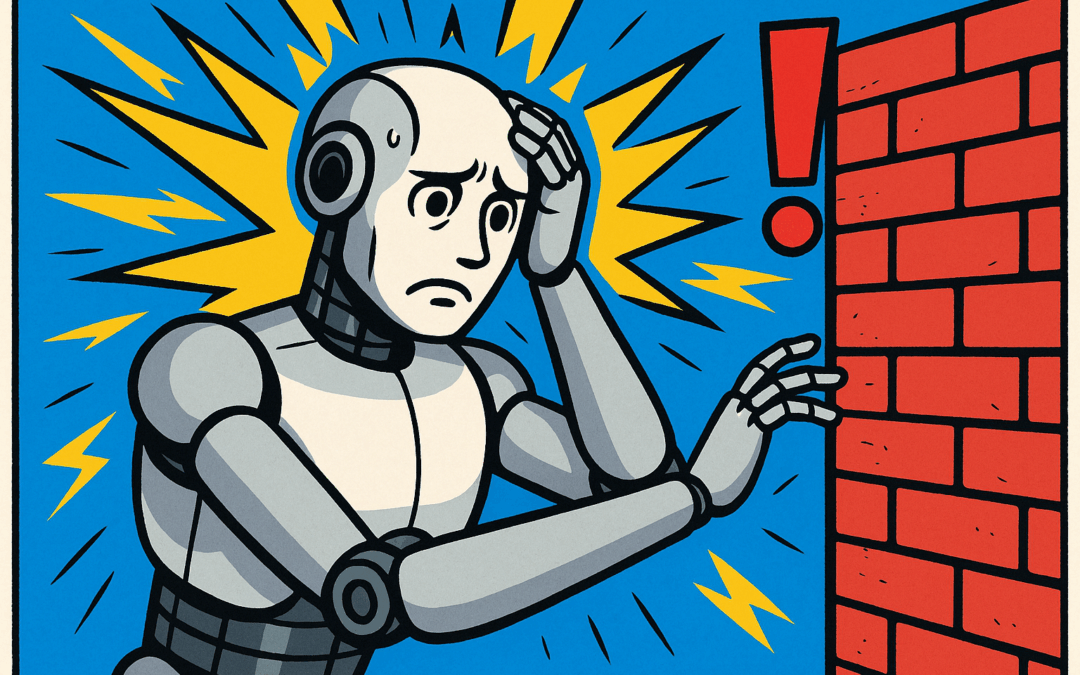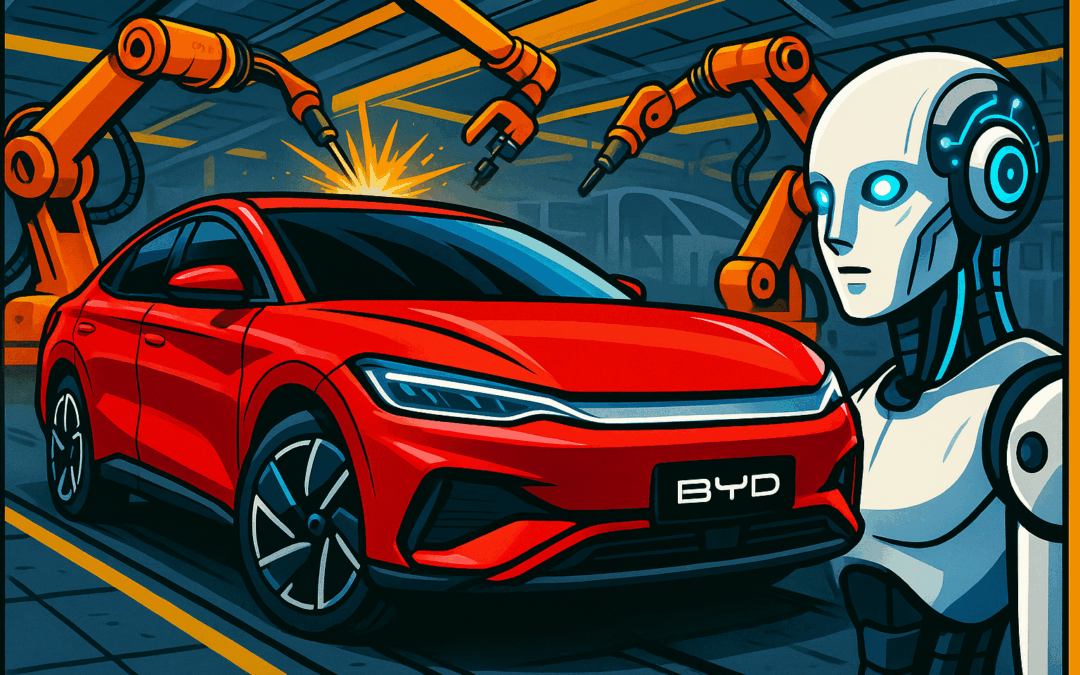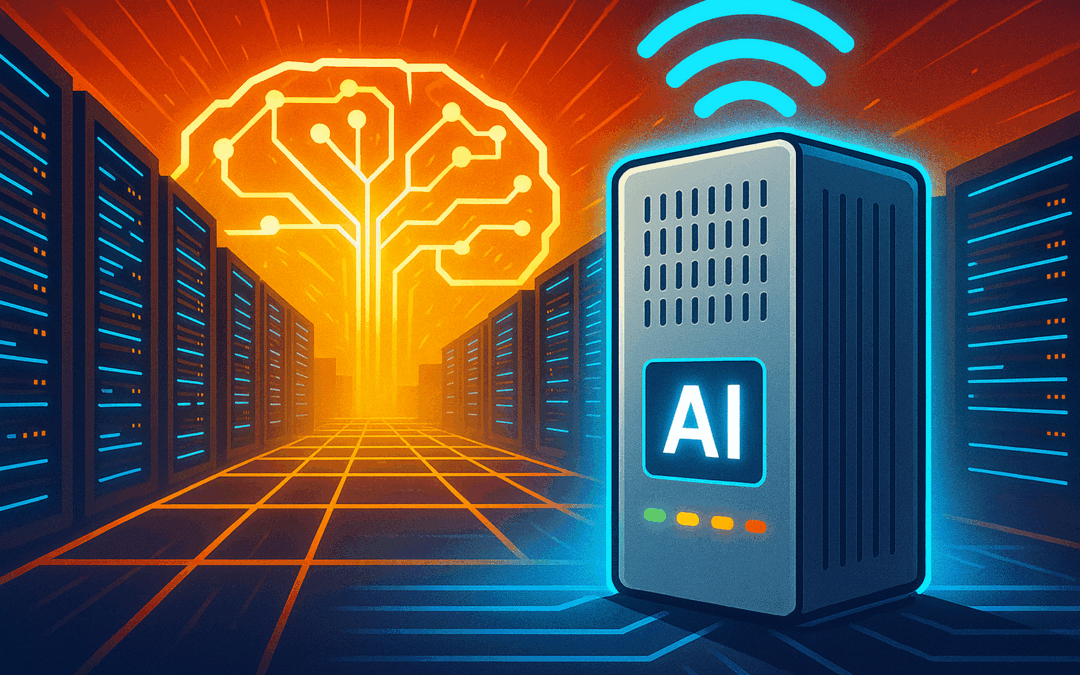The march toward viable humanoid robots shows remarkable momentum, but real-world deployment still faces serious technical, social, and business obstacles.
As leading AI companies race to put human-like machines in factories, hospitals, and homes, it’s clear that expectations around humanoid robots and generative AI must align with actual capability and readiness.
Key Takeaways
- Humanoid robots remain in development, with few large-scale commercial deployments due to limitations in dexterity, power, and real-world adaptability.
- Generative AI and large language models (LLMs) accelerate robot reasoning and interaction, but hardware still lags behind AI software advances.
- Startups and major tech players are investing heavily, but commercialization timelines are moving slower than public hype suggests.
- Industry leaders urge pragmatic expectations and solutions-focused adoption for robotics in logistics, healthcare, and manufacturing first—before personal or domestic robot ambitions.
- Developers and AI professionals should prioritize modular AI integration and cross-disciplinary collaboration to advance humanoid capabilities.
Humanoid Robots: Hype vs. Hardware Reality
Breakthroughs in generative AI create lifelike conversations and decision-making in robots, but the hardware struggles with basic tasks.
Mechanical dexterity, balance, power supply, and robustness to unpredictable environments remain unsolved challenges for most humanoid prototypes from companies like Figure, Tesla’s Optimus, Boston Dynamics, Sanctuary, and Apptronik.
Despite AI advances, the physical “body” of humanoid robots just isn’t ready for the real world at scale.
Recent reports highlight industry-wide delays in large-scale commercial deployments. TechCrunch notes even with strategic partnerships—such as
Figure announcing pilot projects with BMW and Sanctuary’s contracts with Canadian retailers—robots are mainly running controlled demos or limited field trials.
AI Integration: Where Software Outpaces Robotics
AI models have evolved rapidly, allowing robots to process natural language commands, generate actions, and learn efficiently. Generative AI enables rich interactions and on-the-fly adaptation to some scenarios.
However, real-world use cases expose bottlenecks, especially in hardware durability and safety around humans.
The gap between generative AI’s impressive reasoning and the mechanical limits of today’s robots is the critical impediment to widespread adoption.
According to Axios and IEEE, developers need to optimize both AI-driven perception and reliable actuation.
For startups and established firms alike, the next frontier lies in modular designs: integrating updated LLMs with new sensor and actuator systems for rapid prototyping and iteration.
Strategic Focus: Industry Use Cases Over Household Robots
Real-world impact will come first in industrial settings—logistics, maintenance, aging population care, and hazardous environments—where the risks are lower and value is immediately apparent.
Experts stress that personal assistants and general household robots remain speculative for now, as the ecosystem, regulations, and human-robot interaction frameworks continue maturing.
Developers and AI professionals should focus on practical industry deployments—where reliability, safety, and ROI matter most.
Implications for Developers, Startups, and the AI Ecosystem
- Developers: Emphasize modular, upgradable AI architectures that can adapt as robotics hardware evolves.
- Startups: Partner with manufacturing and logistics firms to pilot practical solutions rather than pursuing consumer markets prematurely.
- AI Professionals: Collaborate across electrical engineering, design, and machine learning disciplines to address real-world constraints.
Industry-wide, bridging the AI–robotics hardware gap requires transparency about current limitations and closer cooperation between software and hardware teams.
Innovators must ground their ambitions in today’s realities while keeping an eye on the long-term vision of fully capable humanoid robots.
Source: TechCrunch











